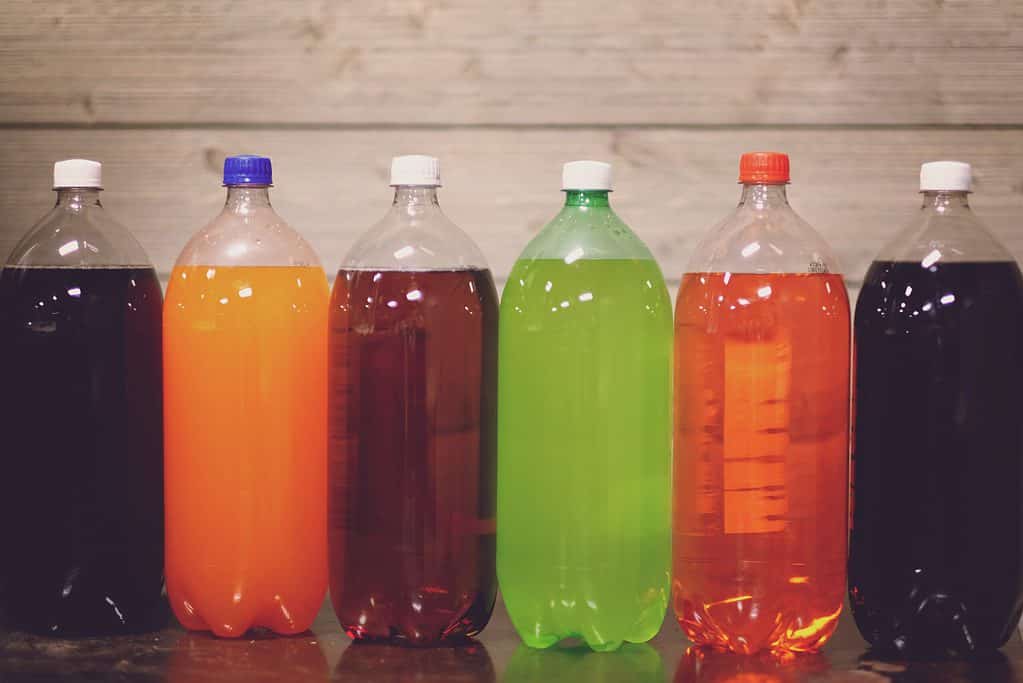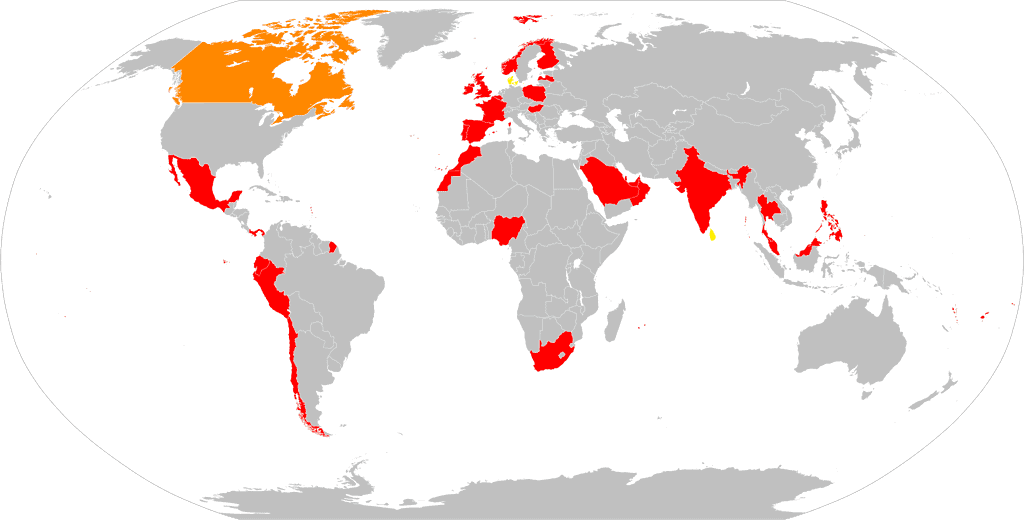In 2016, a tax on soft drinks came into force in the UK. The levy was viewed as a key effort in tackling childhood obesity and has already resulted in over 50% of manufacturers reducing the sugar content of drinks. Now, a new study found that the tax caused a significant reduction in childhood obesity.

The sugar tax has definitely made an impact in the country. In many places across the UK, sugarless drinks have become the default, and even drinks that still contain sugar have reduced their overall sugar content. But since the tax is still relatively new, gauging its effect on childhood obesity is still tricky. Researchers led by Nina Rogers of the University of Cambridge School of Clinical Medicine specifically looked at how the tax impacted obesity rates among children and found a significant reduction, but only in some groups.
In the UK, as in much of the developed world, childhood obesity has recently emerged as a major health challenge. Around 10% of children aged 4-5 years old are obese, as are 20% of children aged 10-11 in the UK. Comparable rates are observed in the US. Several factors are at play here, but sugar-sweetened beverages have been shown to increase the risk of obesity and other serious health conditions, while also providing no valuable nutrients.
In absolute terms, the reduction in the obesity rate was 1.6% (which adds up to an 8% relative reduction); however, researchers note that the effects were most positive in the most economically deprived people. Remarkably, however, there was no significant change in boys in the same age group.
“Our findings suggest that the UK SDIL led to positive health impacts in the form of reduced obesity levels in girls aged 10-11 years,” the authors say. “Further strategies are needed to reduce obesity prevalence in primary school children overall, and particularly in older boys and younger children. We’ve shown for the first time that the UK Soft drink industry levy is likely to have helped prevent thousands of children becoming obese each year.”
In an email to ZME Science, Rogers continued:
“The findings of our study are very encouraging, providing evidence that the UK SDIL was related to over 5000 fewer cases of obesity in 10–11-year-old girls. However, we are aware that some groups of children appeared to be more responsive than others with very young children (aged 4/5) not appearing to benefit in the same way.”
The differences between boys and girls, while yet unexplained, have also been highlighted in other studies, Rogers told ZME Science.
“We are not sure at the moment why girls appeared to respond differently to the UK levy but the same results were found in a recent study in Mexico. Further, in-depth studies are necessary to understand why we see these results but we can offer some potential explanations.”
“It might be that girls are more responsive to public health messaging coming from discussions that occurred around the time of the sugar tax, Boys might be more susceptible to marketing and advertising and especially celebrity endorsements, or there may be pressures amongst peers for boys more than girls to select higher sugar compared to “diet” versions.”

The UK isn’t the first place to implement a sugary tax, although overall, this type of levy is still pretty rare. A 2019 review of research on sugar drink taxes found that they offer net benefits to society, although the finer details are still being analyzed.
Still, for now, there seem to be tangible benefits to the tax in the UK and elsewhere in the world.
But the sugary tax is far from perfect. For starters, there’s still plenty of debate regarding what is the right amount to be taxed, and the fact that other products rich in sugar (fruit juice, sugary snacks) are not taxed is also debatable. Sellers have adapted by using tricks to reduce the sugar amount just below the threshold.
“Most soft drinks brands reformulated to lower the sugar content. However, the reformulations tended to take the sugar levels to just below the threshold for the tax (5 g) by using a combination of sweeteners and sugar, rather than replacing the sugar completely,” Rogers explains.
Perhaps even more concerning is the fact that this is a regressive type of tax: it disproportionately affects the poor because it’s a fixed amount that’s taxed. This could be reversed if the collected tax revenue is used to subsidize healthier foods, but this isn’t really happening to a sufficient extent.
The tax generates around GBP300m (US$346m) a year in revenue for the government, and while NGOs have pressured the government to make sure that the tax money is invested into healthy children’s nutrition, half of this money is unaccounted for, and it’s not clear what’s happening to the money — despite the government’s pledge that “Every penny of England’s share of the spending raised by the Levy will go towards improving children’s health”.
As childhood obesity becomes more and more of a problem, taxes like this could become more and more common, but making sure that the money raised is reinvested properly is key to the tax effectiveness.
Rogers also highlights that this tax alone won’t cure childhood obesity — or obesity in general. More incisive measures are needed for that.
“Currently the tax does not include drinks such as fruit juice which is high in sugar and consumed in high volume by younger children and also in milk-based products such as milkshakes. So, there is scope for improvement on this current tax. A ban on advertising of junk foods high in salt, fat and sugar is predicted to have a beneficial effect on consumption of these foods. Most importantly we need to consider the obesogenic environment that has developed around us and the availability of cheap but unhealthy foods that are part of our everyday lives. Policies that make healthy foods cheaper and more accessible and reformulation of products to increase nutritional content are two potential strategies that shift the focus from individual responsibility over to societal responsibility.”
The study was published in PLOS Medicine.






